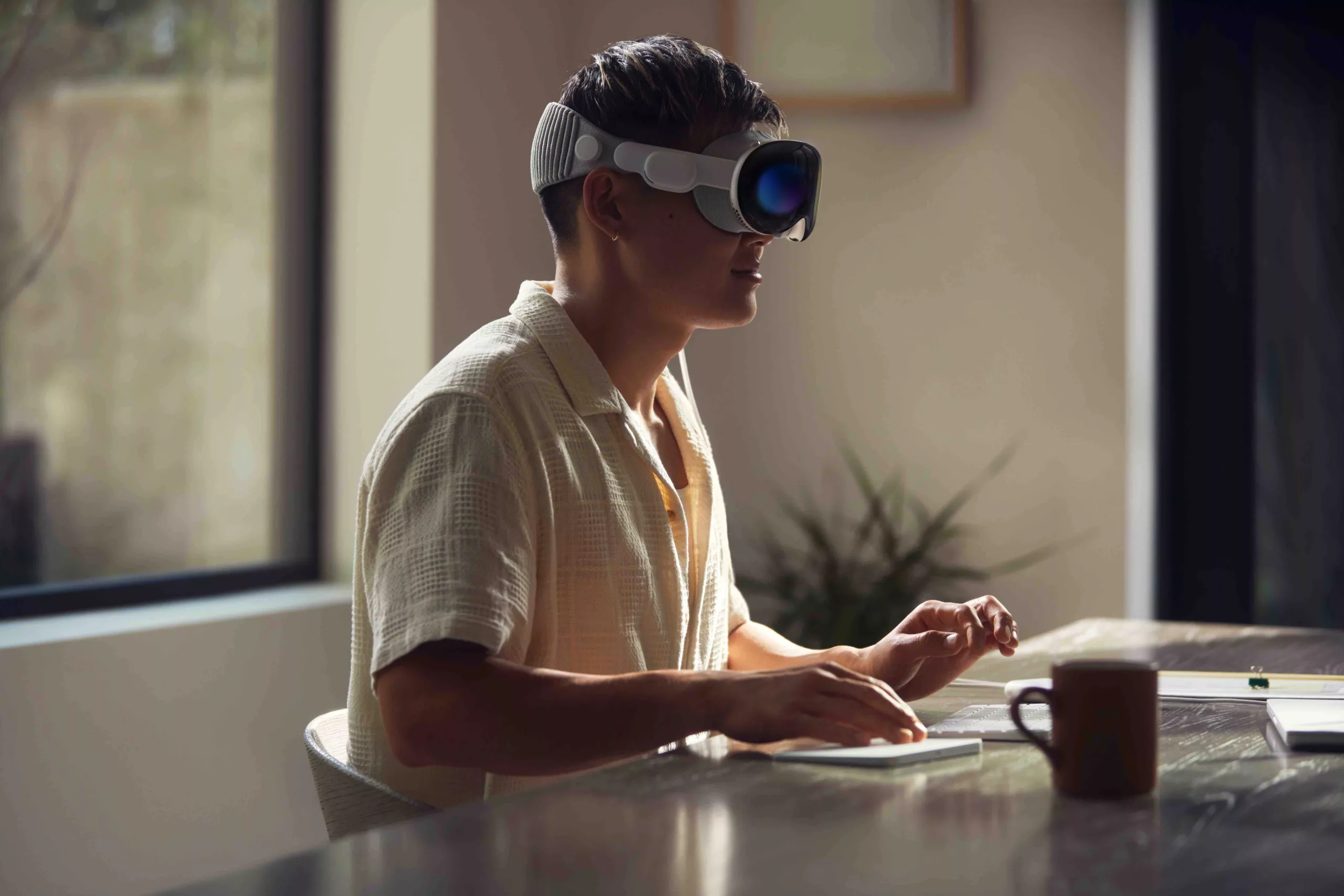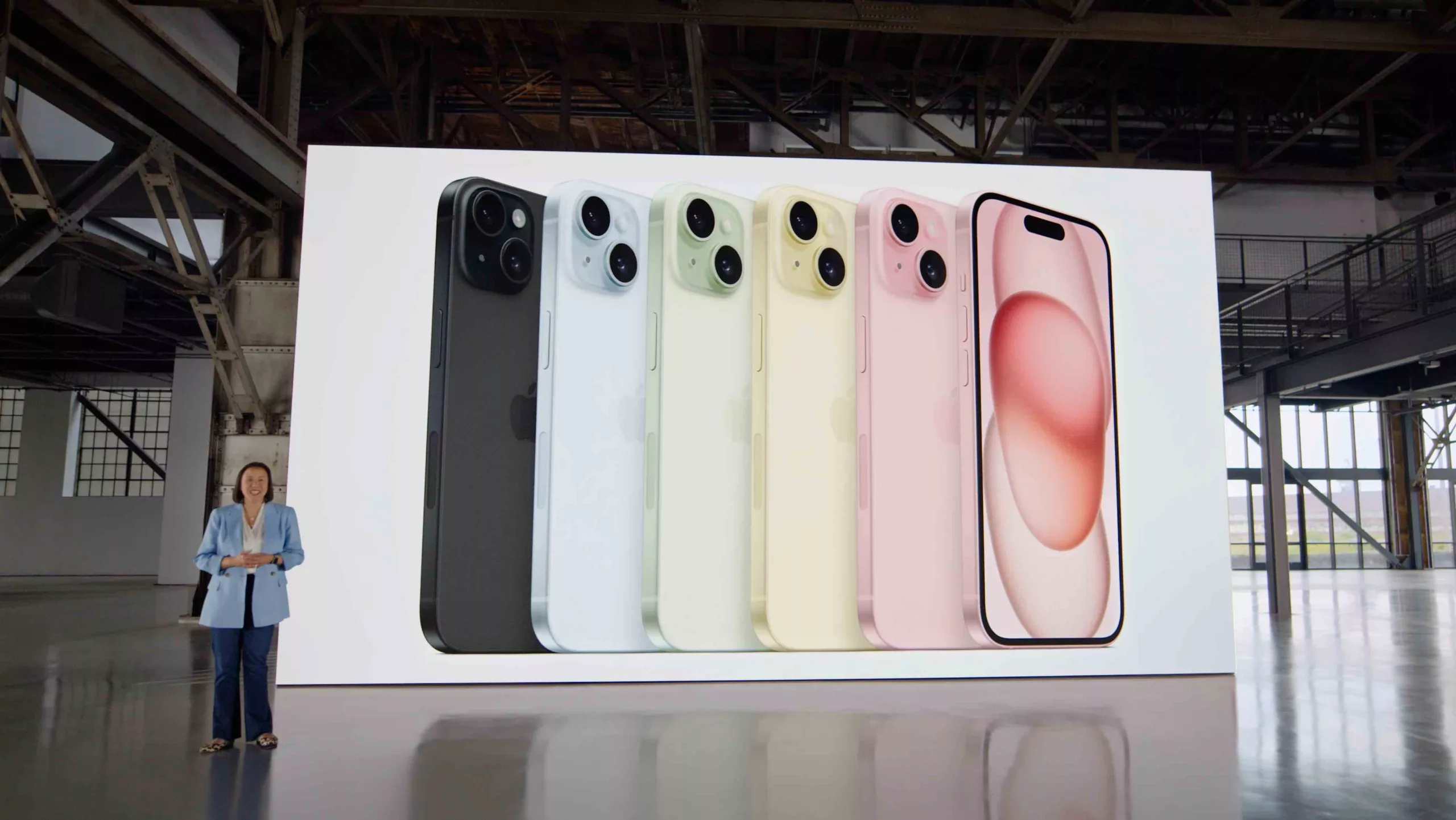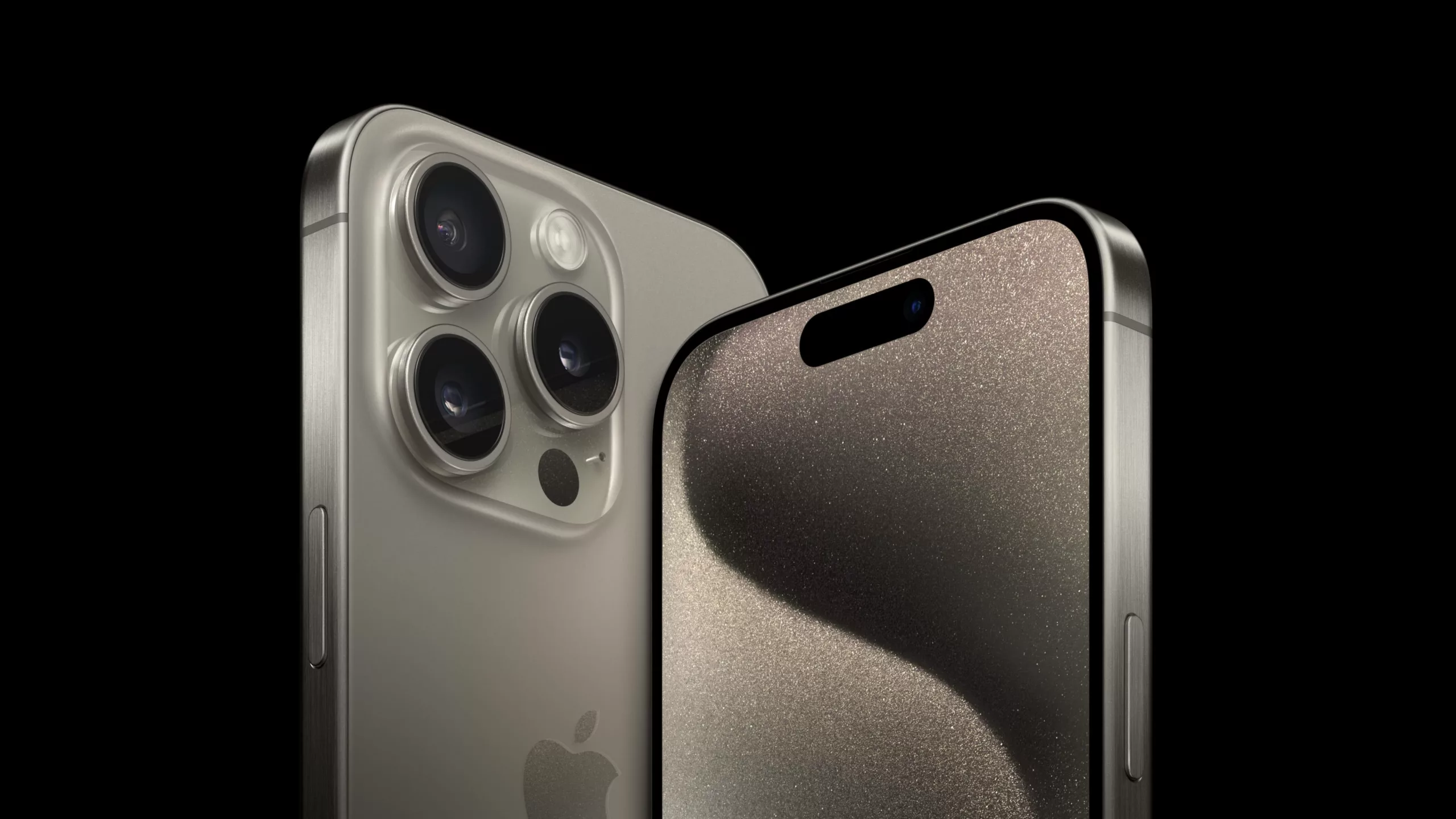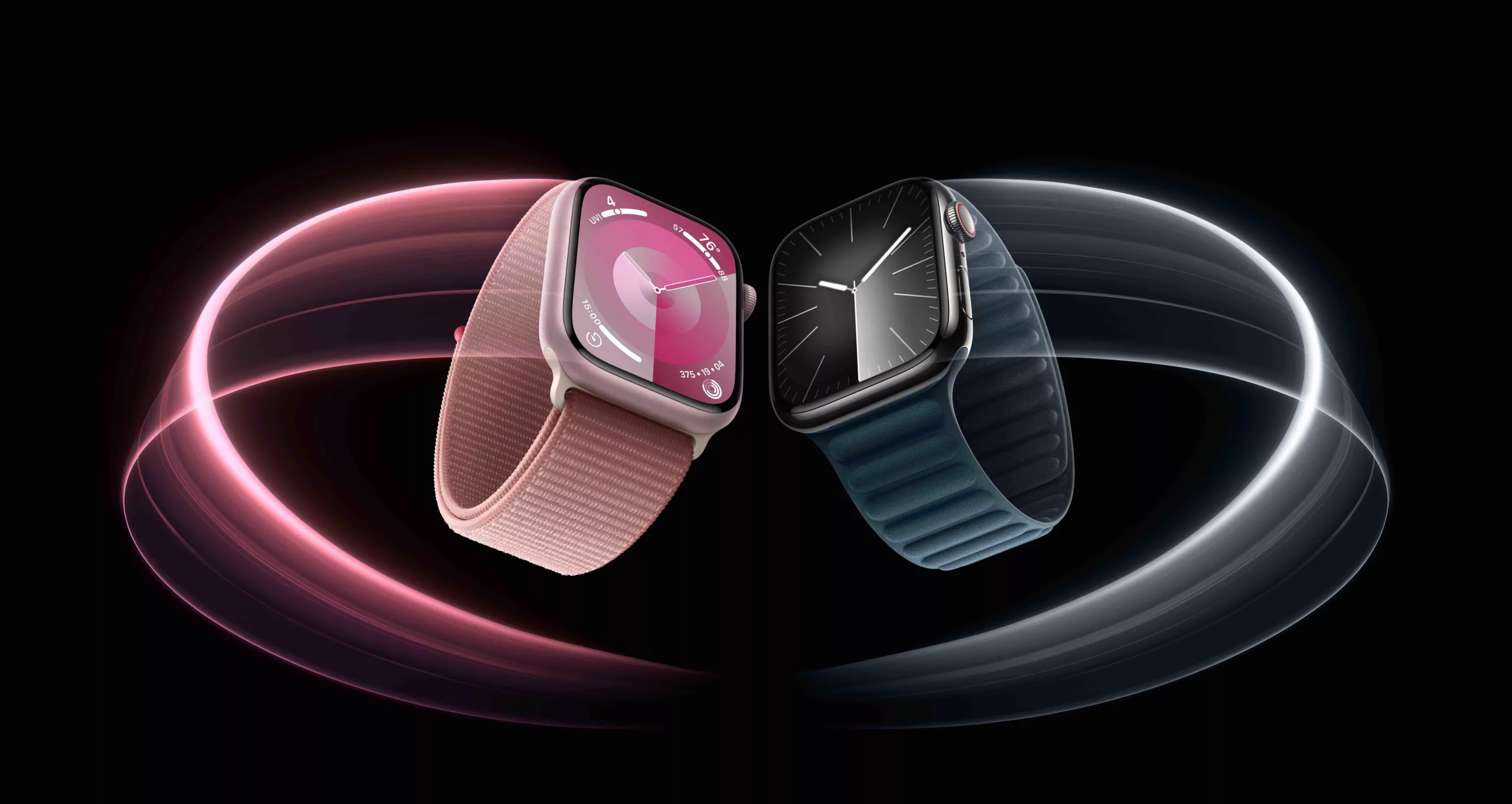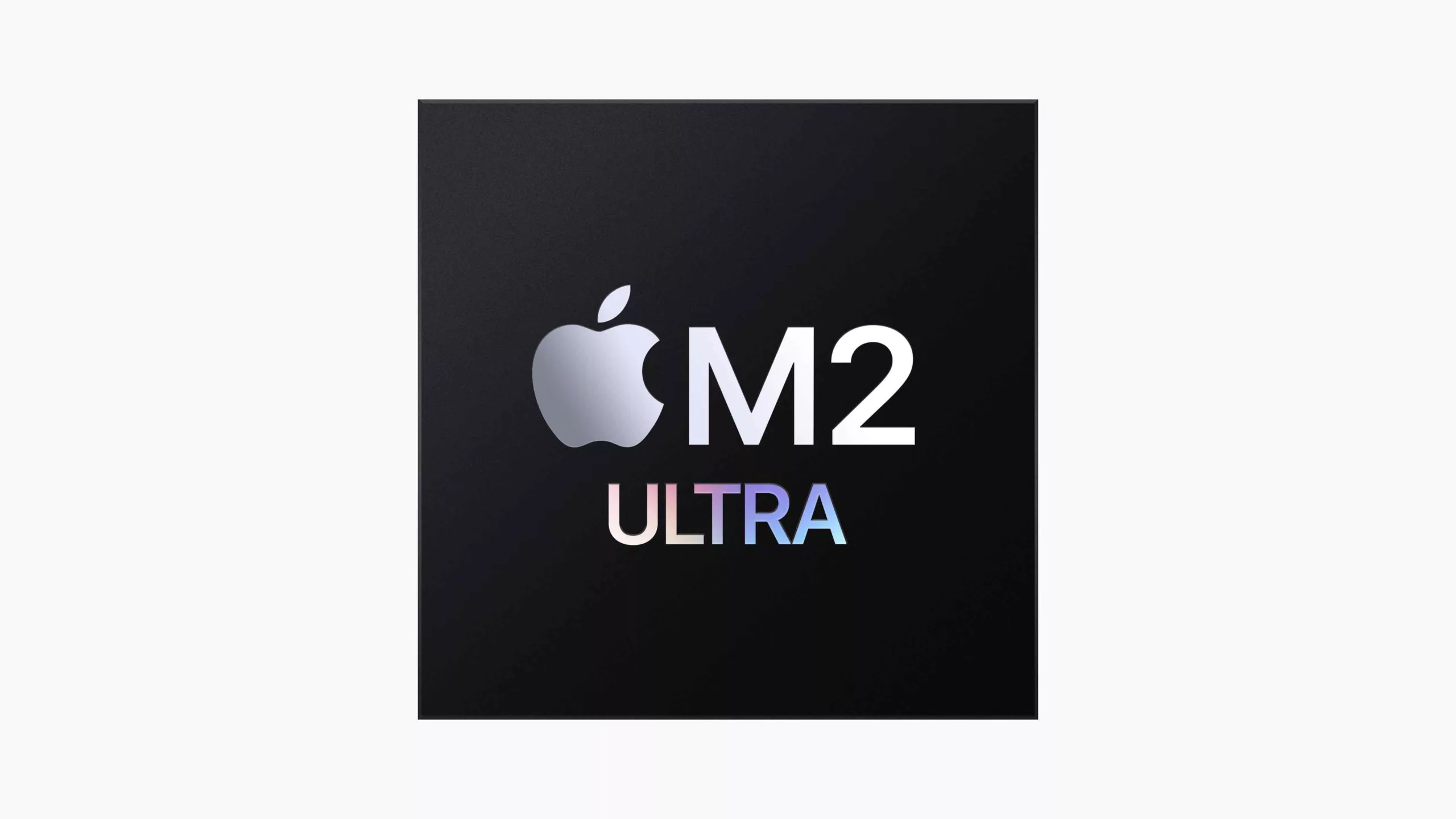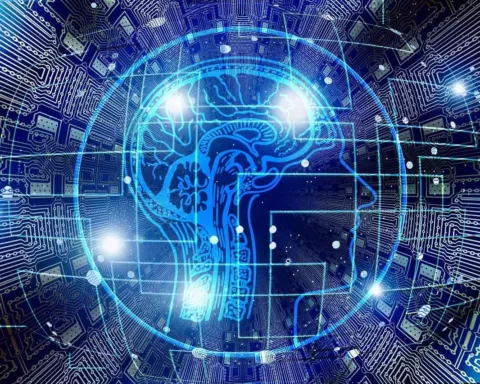Apple has finally unveiled its highly anticipated mixed reality headset, which is named Apple Vision Pro. This is a device that marks Apple’s entry into the spatial computing arena. This device is designed to merge the digital and physical worlds, providing a unique interactive experience for users. The Vision Pro is controlled by intuitive inputs such as the user’s eyes, hands, and voice and is powered by the world’s first spatial operating system, visionOS.
Apple’s CEO, Tim Cook, has likened the introduction of the Vision Pro to the launch of the Mac and iPhone, suggesting that this device could herald a new era in computing. The device is described as a standalone spatial computer that is compact yet packed with advanced technology.
According to Apple’s press release, one of the key features of the Vision Pro is its ability to provide an infinite workspace for apps. This allows users to multitask in new ways and access their favorite apps in a three-dimensional interface. The device also promises to transform entertainment experiences, with its ultra-high-resolution displays and advanced Spatial Audio system creating a personal movie theater experience.

The Vision Pro also introduces new ways of capturing and reliving memories with Apple’s first three-dimensional camera. Additionally, it enhances FaceTime calls by taking advantage of the room around the user and reflecting users as a digital representation of themselves.
The operating system of the Vision Pro, visionOS, is designed to support the low-latency requirements of spatial computing. It features a three-dimensional interface that makes digital content look and feel present in a user’s physical world. The device introduces a new input system controlled by a person’s eyes, hands, and voice.
In terms of design, the Vision Pro is a compact wearable device with impressive technology. It features a high-resolution display system built on top of an Apple silicon chip, uses micro-OLED technology to pack 23 million pixels into two displays, and includes an advanced Spatial Audio system and a high-performance eye-tracking system.

Privacy and security are also key features of the Apple Vision Pro. It introduces Optic ID, a new secure authentication system that analyzes a user’s iris under various invisible LED light exposures. Eye tracking information is not shared with Apple, third-party apps, or websites.
The Apple Vision Pro is priced at $3,499 and will be available early next year on apple.com and at Apple Store locations in the U.S., with Apple promising to launch the product in more countries coming later in 2024.
The video Apple used to showcase the Vision Pro, together with the specs they mentioned (such as M2 processor, micro-OLED-based 4k display for each eye, and spatial audio) definitely make this the most advanced mixed reality headset the world has ever seen, but Apple’s claims need to be taken with a large pinch of salt based on experience with Meta Platforms’ Quest 2 virtual reality headset.
Although the Apple Vision Pro is likely to deliver a much faster, much smoother, and more enjoyable experience than other headsets that have promised to allow us to work and play in virtual reality or mixed reality environments, the pretty high sticker price will limit the sales of the device, which might not be a bad thing, because that will give Apple and third-party developers time to build a large library of custom apps that properly take advantages of the powerful hardware in a way, by which time (say 2025), Apple should be able to lower the price.
Two other obvious concerns for a device like this are potential eye strain and the relatively short battery life (two hours). Thankfully, the Vision Pro uses an external battery pack, which means (1) Apple can offer higher capacity battery packs in the future and (2) if there is some battery degradation after a year, you could buy a new battery pack.
Also, even though you could potentially use the Apple Vision Pro for work, would it not be much quicker for most people sitting at home or in an office to use their laptops or desktop computers?
And finally, although Siri is bound to have improved its speech recognition capability, it will probably still be less frustrating to use a keyboard to input text for many users.
As Bloomberg reported on June 2, 2023, “Meta employees don’t seem interested in working in the metaverse.” The Bloomberg report went on to say:
“Employees across the organization generally aren’t using the headsets – especially not for work meetings, according to 11 current and former employees. Even those in the VR part of the organization don’t use it regularly for work, said one former employee, who, like the others, declined to be named, discussing internal culture.“
Featured Image Credit: Apple
